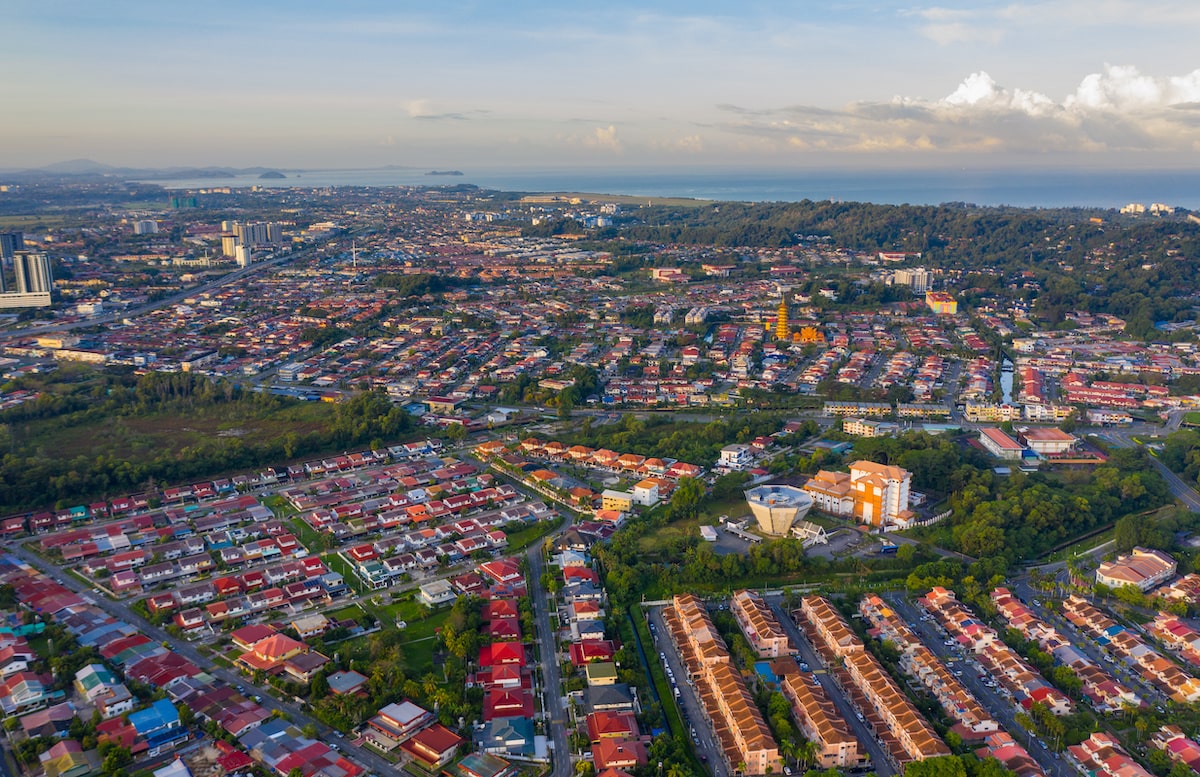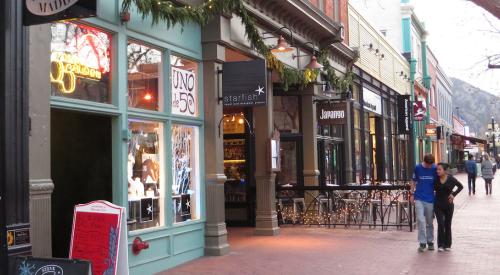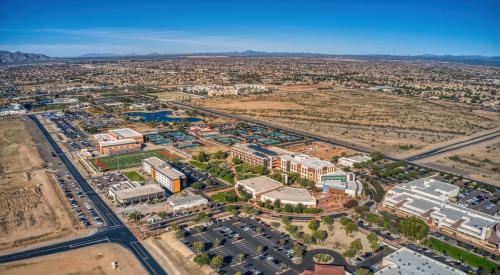Home prices rose by an average of 17% throughout 2021, and the first months of 2022 saw gains at a similar pace as rising rates from the Federal Reserve sustained high demand. The best housing markets for growth and stability are predominantly located in the Southwest, where high home prices face a low probability of dropping by more than 5% over the next decade.
Austin-Round Rock-Georgetown, Texas ranks as the top market for future growth and stability after reporting a 368% increase in home prices from 1997 to the end of 2021 with a 0% change of home prices dropping 5% within 10 years of being purchased, SmartAsset reports. On the contrary, Northeastern states like Michigan are home to the worst housing markets for growth and stability, with average home price gains below 84% and a 45% chance of significant price declines in the coming decade.
Like last year, the Flint metro area ranks as the worst housing market for growth and stability. Using historical data, we found that the chance a home price dropped more than 5% in value within 10 years of purchase is 45% – the second-worst rate for this metric. Additionally, over the past 25 years, the average home price has increased less than 83% – the 25th-worst in our study.
About 40 miles south of Detroit, the Monroe metro area ranks as the second-worst housing market for growth and stability. There is a 44% chance of a significant price decline for home buyers and from 1997 through 2021, the average home price index increased by only 83.77%, or an annualized rate of return of less than 3%.













